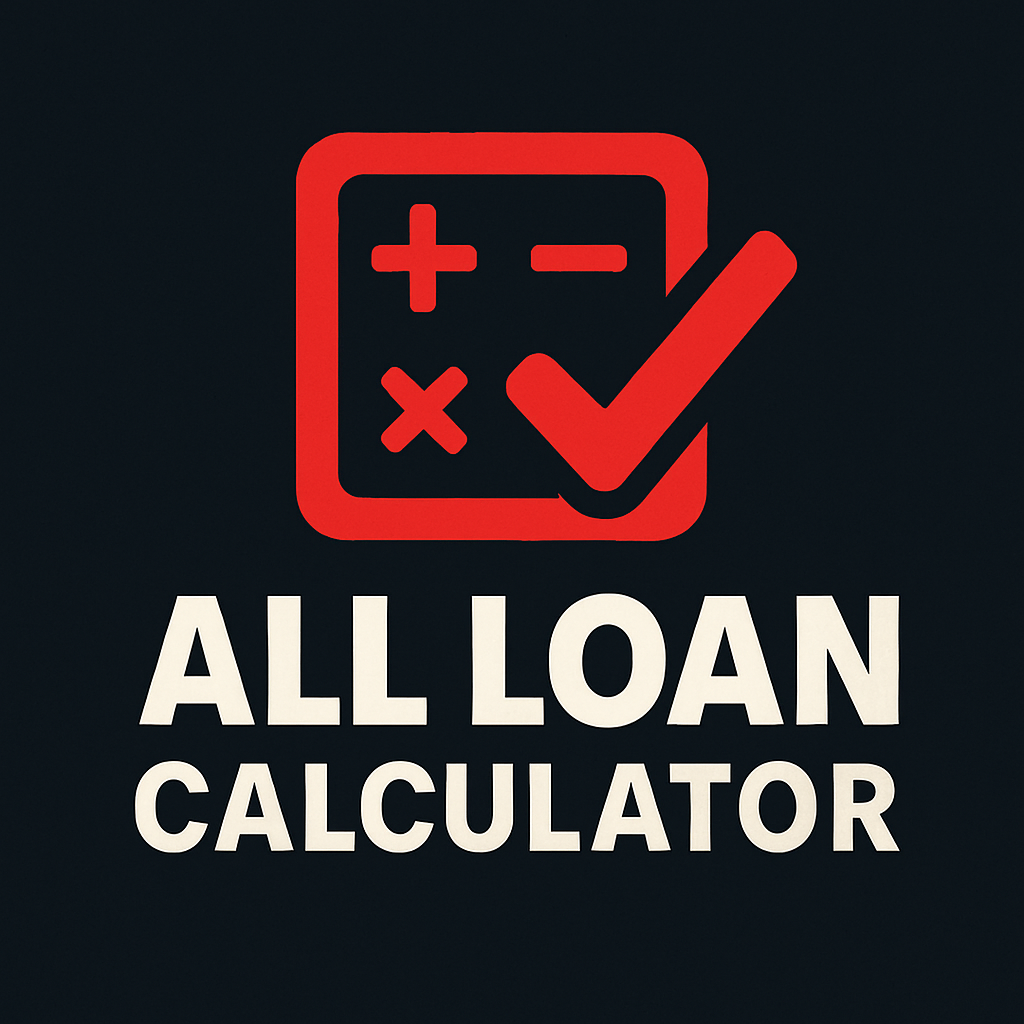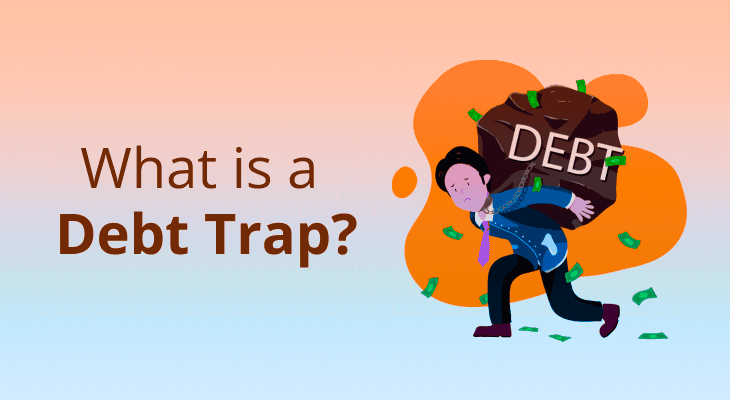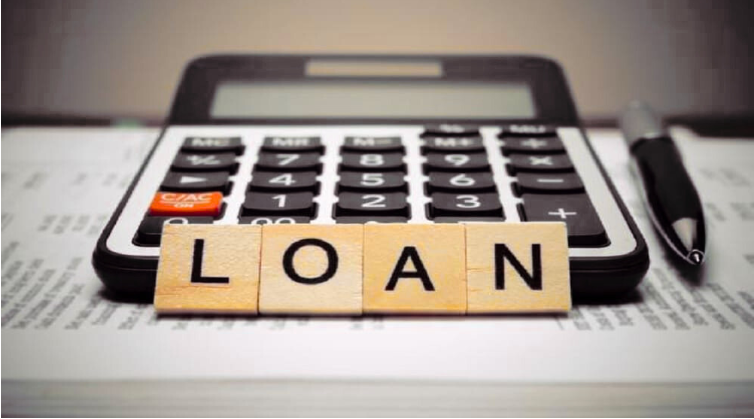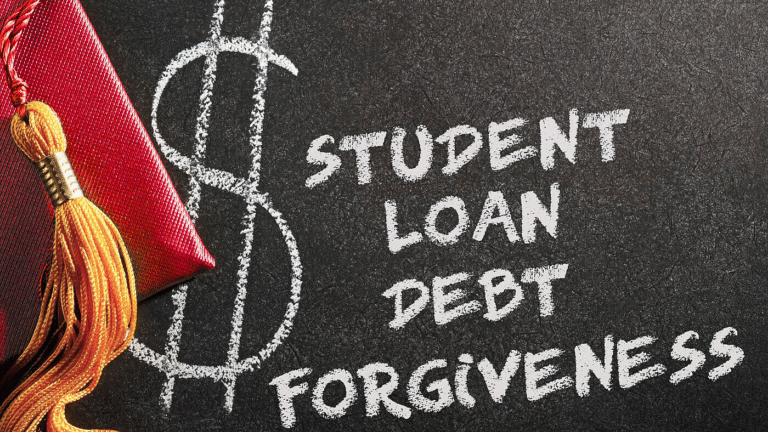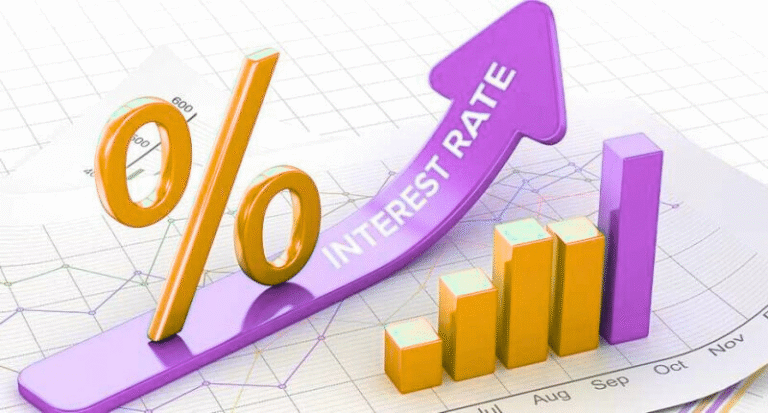Debt Traps: How to Recognize and Avoid Them
Getting into debt isn’t always a bad thing. A mortgage, a student loan, or even a business loan can open doors to opportunities that might not otherwise be possible. But when borrowing spirals out of control, it can lead to what financial experts call debt traps situations where paying back debt becomes nearly impossible. Debt traps can quietly creep into anyone’s life, leaving them stuck in a cycle of borrowing more just to cover previous obligations. Understanding how they work and, more importantly, how to avoid them can save you years of stress and financial instability.
What Is a Debt Trap?
A debt trap is a situation where a borrower takes on debt that they cannot repay without taking on even more debt. This often creates a vicious cycle: instead of getting out of debt, you keep sinking deeper.
Definition (for quick reference):
A debt trap occurs when the cost of repaying loans, credit cards, or other borrowed money outweighs the borrower’s income and resources, forcing continuous borrowing to stay afloat.
Common examples include:
- Relying on payday loans to cover monthly bills.
- Making only the minimum payment on credit cards, which causes interest to balloon.
- Consolidating loans without addressing the root cause of overspending.
How Debt Traps Form
Debt traps rarely appear overnight. They typically build up over time due to a mix of financial decisions and external pressures. Let’s take a closer look at the main reasons debt traps develop:
1. High-Interest Loans
Loans with sky-high interest rates such as payday loans or certain credit cards can quickly snowball. If you’re paying more in interest than the original loan amount, you’re in a dangerous position.
2. Over-Reliance on Credit
Using credit cards for everyday expenses may feel manageable at first. But once you rely on credit for necessities rather than emergencies, you risk falling into long-term debt.
3. Lack of Financial Planning
Without a clear budget, overspending can happen before you even realize it. Poor financial planning leaves no safety net for emergencies, leading to borrowing when unexpected expenses hit.
4. Emergency Expenses
Job loss, medical bills, or urgent home repairs can push even financially stable individuals into debt traps. Without an emergency fund, borrowing may feel like the only option.
5. Debt Consolidation Gone Wrong
Debt consolidation can be helpful, but if someone continues accumulating new debt after consolidating, it becomes a deeper trap.
Signs You’re Stuck in a Debt Trap
How do you know if you’re at risk? Here are clear warning signs:
- Only paying minimum balances on credit cards each month.
- Borrowing to repay borrowing, such as taking a new loan to pay off an old one.
- High debt-to-income ratio, meaning most of your income goes to paying off debt.
- Constant financial stress, feeling anxious each time bills arrive.
- No savings cushion, making even small emergencies feel overwhelming.
The Consequences of Debt Traps
Falling into a debt trap doesn’t just affect your wallet it can impact your overall well-being.
- Financial Consequences: Increased interest payments, poor credit scores, and risk of bankruptcy.
- Emotional Consequences: Stress, anxiety, and strained relationships.
- Long-Term Consequences: Limited ability to buy a home, start a business, or retire comfortably.
How to Avoid Debt Traps
Step 1: Create and Stick to a Budget
A realistic budget is your first defense. Track your income and expenses to identify where your money goes. Allocate funds for savings, necessities, and debt repayment.
Step 2: Build an Emergency Fund
Save enough to cover three to six months of living costs. Even a small fund can prevent reliance on high-interest loans during emergencies.
Step 3: Prioritize High-Interest Debt
Use the avalanche method pay off the highest interest rate debts first. This reduces the amount lost to interest over time.
Step 4: Avoid Predatory Lenders
Payday loans and cash advances may seem like quick fixes, but they often come with hidden fees and extremely high interest rates.
Step 5: Live Within Your Means
Resist lifestyle inflation. Just because your income rises doesn’t mean your spending should too. Focus on saving the extra income instead.
Step 6: Seek Professional Advice
If overwhelmed, talk to a financial counselor or debt advisor. They can help negotiate repayment plans or suggest consolidation strategies.
Practical Strategies to Escape a Debt Trap
If you’re already caught, here are actionable strategies to regain control:
1. Debt Snowball Method
Pay off the smallest debts first, then roll those payments into the next smallest debt. The psychological wins can motivate you to keep going.
2. Refinancing
Look into refinancing loans at lower interest rates. This works best for mortgages, auto loans, or personal loans.
3. Debt Management Programs
Nonprofit credit counseling agencies can consolidate your payments and sometimes negotiate lower interest rates.
4. Increase Income
Consider side hustles, freelancing, or selling unused items. Even a modest income boost can accelerate debt repayment.
5. Cut Unnecessary Expenses
Audit your spending. Cancel subscriptions you rarely use, cook at home, and delay luxury purchases until you’re financially stable.
💡 Pro Tip: Use our free financial tools to track expenses and forecast repayment timelines this helps you identify risks before they snowball into debt traps.
Comparison: Debt Trap vs. Healthy Debt
| Aspect | Debt Trap | Healthy Debt |
| Interest Rates | Very high, often compounding | Reasonable and manageable |
| Repayment Ability | Requires new borrowing to pay old debts | Covered comfortably within monthly budget |
| Impact on Credit | Damages credit score | Builds credit score if managed well |
| Purpose | Covers ongoing expenses or emergencies | Funds education, assets, or investments |
| Long-Term Effect | Financial stress and limited opportunities | Increases net worth or earning potential |
FAQs About Debt Traps
1. What is the main cause of debt traps?
The most common cause is high-interest borrowing combined with overspending. People often turn to quick loans without considering repayment feasibility.
2. Can debt traps happen to anyone?
Yes. Even financially disciplined people can fall into debt traps due to emergencies, job loss, or medical bills.
3. Are credit cards always bad?
No. When used responsibly, credit cards can build credit and offer rewards. The danger comes when balances aren’t paid in full.
4. What’s the fastest way to escape a debt trap?
The fastest way is to stop borrowing, prioritize high-interest debt, and increase income where possible. Debt consolidation or refinancing may also help.
5. Should I consider bankruptcy?
Bankruptcy should be the last resort. Explore debt counseling, refinancing, and repayment strategies before filing.
6. Is debt consolidation safe?
Yes, if used correctly. It becomes dangerous when people continue adding new debt after consolidation.
7. How do I know if I’m already in a debt trap?
If you borrow money just to pay off existing loans or if debt repayments consume most of your income, you’re likely in a debt trap.
8. Are payday loans worth it?
Generally, no. Payday loans carry exorbitant interest rates and often push borrowers deeper into financial distress.
9. How much should I save to avoid debt traps?
Aim for at least 3–6 months of living expenses in an emergency fund. This reduces the need for borrowing during unexpected events.
10. Can budgeting apps help prevent debt traps?
Absolutely. Budgeting tools give you a clear picture of spending habits and highlight areas where you can cut back before debt builds up.
Conclusion
Debt traps don’t appear overnight they build slowly, fueled by high-interest borrowing, overspending, and lack of planning. Recognizing the warning signs early can help you avoid years of financial hardship. By budgeting wisely, building savings, and making smart borrowing decisions, you can stay in control of your finances.
